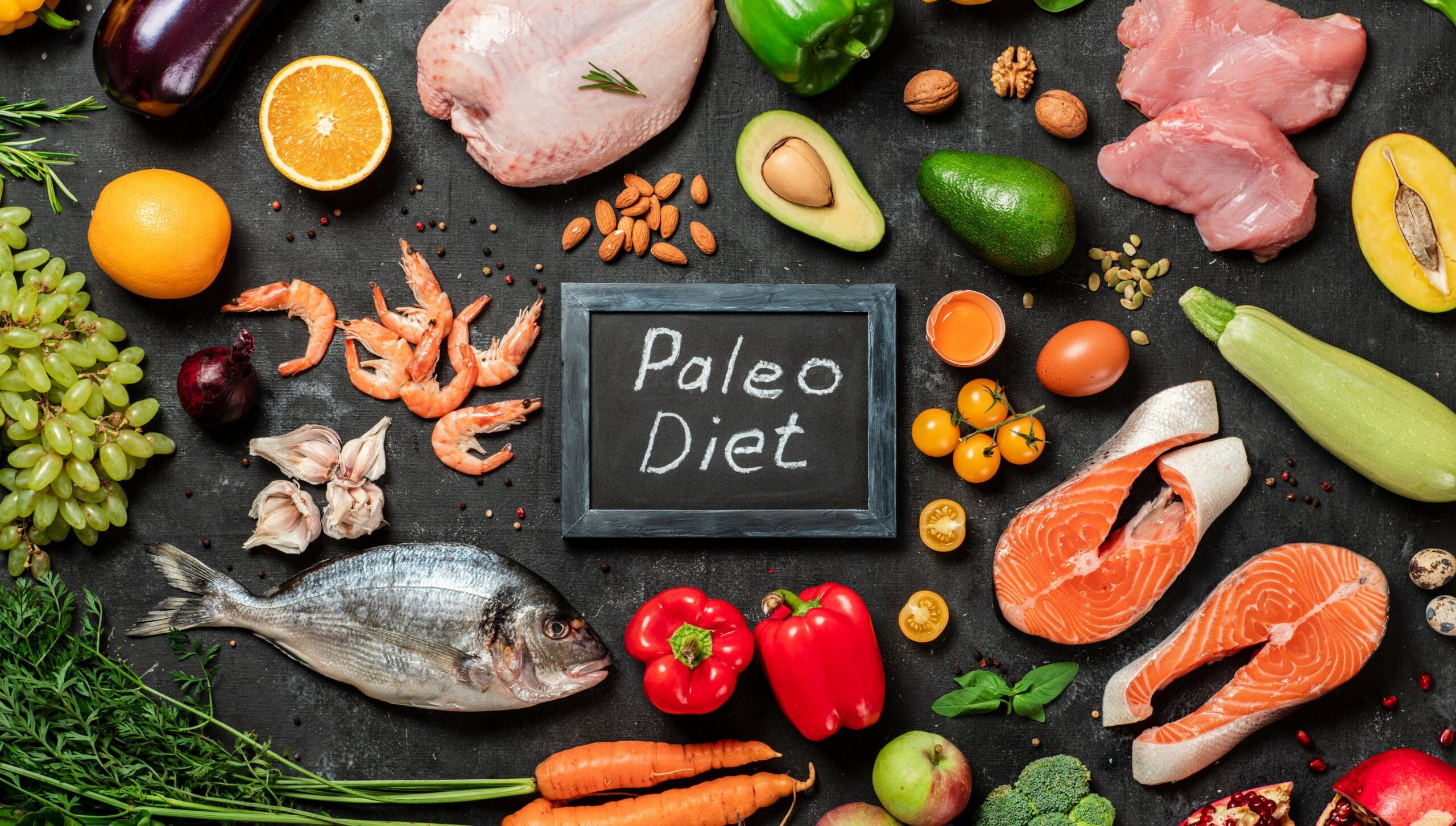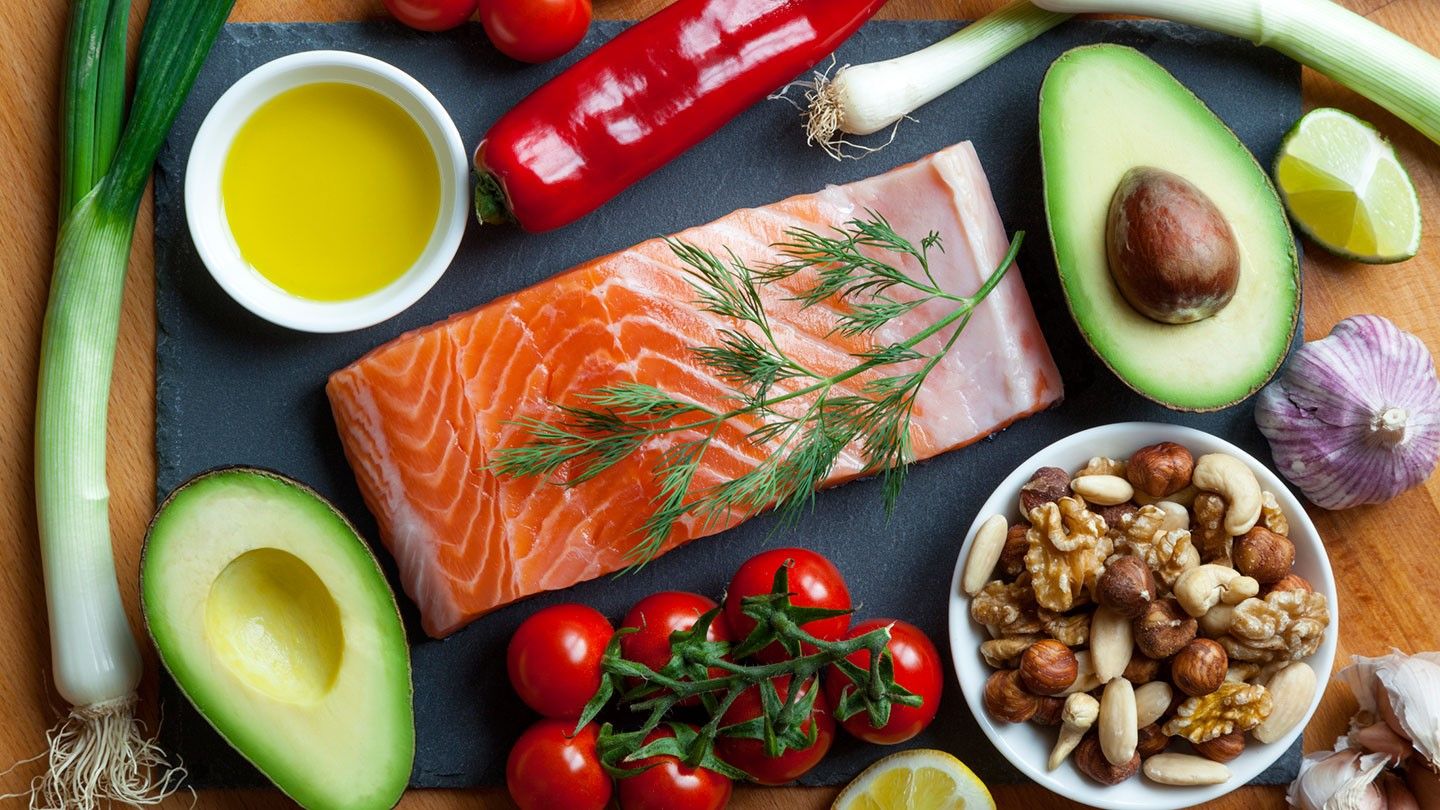The popularity of both the Paleo and Keto diets has been growing in recent years, with many people turning to these diets in search of better health, weight loss, and improved energy levels.
While both diets share some similarities, they are also distinct in many important ways. In this article, we will explore the differences between the two diets and discuss their pros and cons.
The Paleo Diet
The Paleo diet is based on the idea of eating the same foods that our ancestors ate during the Paleolithic era, around 2.5 million to 10,000 years ago. This diet focuses on whole, unprocessed foods such as fruits, vegetables, lean protein, and healthy fats, with a particular emphasis on nutrient-dense foods. Grains, legumes, dairy, and added sugars are generally excluded from the diet. The idea behind the Paleo diet is that by eating like our ancestors did, we can achieve better health and improved overall well-being.
Pros of the Paleo Diet
- Emphasis on whole, nutrient-dense foods: The Paleo diet emphasizes eating fruits, vegetables, lean protein, and healthy fats, which can promote overall health. These foods are high in vitamins, minerals, and antioxidants, which can help reduce the risk of chronic diseases.
- May promote weight loss: By cutting out processed foods and added sugars, the diet may lead to reduced calorie intake and weight loss. This can be particularly beneficial for people who struggle with weight management.
- May reduce inflammation: The elimination of processed foods, sugar, and dairy can lead to reduced inflammation in the body, which can improve overall health and help reduce the risk of chronic diseases.
Cons of the Paleo Diet
- Limited food choices: The strict limitations on certain food groups, such as grains and legumes, can make the diet difficult to follow long-term. This can lead to boredom and a lack of variety in the diet, which can make it difficult to maintain.
- Lack of scientific support: While some aspects of the diet have shown potential health benefits, the overall scientific support for the Paleo diet is limited. More research is needed to fully understand the benefits and drawbacks of the diet.
- Can be expensive: Focusing on whole, nutrient-dense foods can be more expensive than relying on processed foods. This can make the diet difficult for some people to follow on a long-term basis.
- May exclude important nutrients: Eliminating certain food groups, such as dairy, can lead to a lack of important nutrients, such as calcium, which is important for bone health.
The Keto Diet
The Keto diet is a high-fat, low-carb diet that aims to induce a metabolic state called ketosis, where the body burns fat for fuel instead of carbohydrates. This is achieved by eating very few carbohydrates (typically less than 50 grams per day) and a high amount of healthy fats, with moderate protein intake. The Keto diet was originally developed as a treatment for epilepsy, but has since gained popularity as a weight loss and overall health diet.
Pros of the Keto Diet
- May promote weight loss: By limiting carbohydrates and increasing healthy fat intake, the Keto diet can lead to rapid weight loss, particularly in the first few weeks of the diet.
- May improve energy levels: The Keto diet can lead to improved energy levels, particularly for people who struggle with low energy levels or fatigue.
- May improve certain health markers: Some research suggests that the Keto diet may improve certain health markers, such as cholesterol levels and blood sugar control.
Cons of the Keto Diet
- Difficult to follow: The strict limitations on carbohydrates can make the Keto diet difficult to follow long-term. This can lead to boredom and a lack of variety in the diet, which can make it difficult to maintain.
- May cause side effects: The Keto diet can cause side effects such as headaches, fatigue, and constipation. These side effects typically resolve within a few weeks, but can be uncomfortable in the meantime.
- Lack of fiber: The Keto diet is low in fiber, which is important for digestive health and satiety. This can lead to constipation and other digestive issues.
- Lack of scientific support: While the Keto diet has shown some potential health benefits, the overall scientific support for the diet is limited. More research is needed to fully understand the benefits and drawbacks of the diet.
It’s also important to note that while both diets may have some potential health benefits, they should not be considered a magic solution for health problems or a guaranteed way to lose weight.
It’s important to approach any diet with a balanced, whole-foods approach, focusing on nutrient-dense foods, portion control, and regular exercise. Additionally, while these diets may have some positive effects, they may not be suitable for everyone, especially individuals with certain medical conditions or nutrient deficiencies.
Additionally, it’s important to be mindful of the sustainability of any diet and to choose a diet that is feasible for your lifestyle and can be followed long-term.
A sustainable diet should include a variety of whole, nutrient-dense foods, and should not lead to feelings of restriction or deprivation.
The Paleo and Keto diets have some differences and similarities, but both can have potential health benefits.
However, it’s important to approach any diet with caution, and to consult with a healthcare professional or registered dietitian to ensure that it is safe and appropriate for you.
Remember that a balanced, whole-foods approach, focusing on nutrient-dense foods, portion control, and regular exercise is the key to overall health and well-being.
Conclusion
The Paleo and Keto diets are both popular diets that have gained a lot of attention in recent years. While they share some similarities, they are also distinct in many important ways.
The Paleo diet emphasizes eating whole, unprocessed foods and limiting added sugars, while the Keto diet focuses on inducing ketosis by limiting carbohydrates and increasing healthy fat intake.
Both diets have their pros and cons, and the best diet for an individual will depend on their individual goals and health needs.
If you are considering either of these diets, it is important to consult with a healthcare professional or registered dietitian to ensure that it is safe and appropriate for you.
_________________________________________________________________




